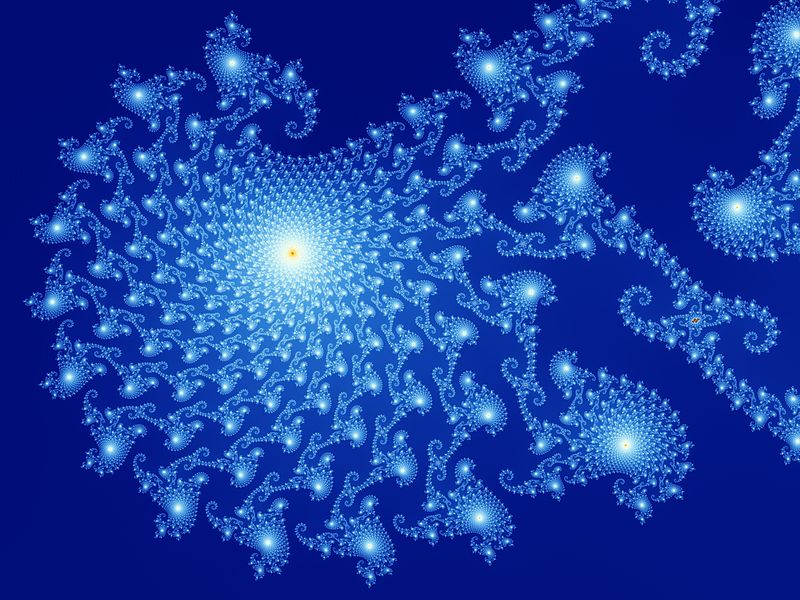Friday 29 January 2010
Simplexity
The world as a whole is complex, but it is also a unity. It is “simplex”, founded on simple principles. Poets, painters, scientists and mathematicians are all searching for simplexity in their own way. Aesthetic pleasure is very largely the delight we feel in seeing order, meaning and relationship – the beauty that Coleridge called unity in variety. But it has to be an order unforced, seemingly spontaneous, rather than brutally imposed upon the material. The world as a whole is beautiful in just this sense.
Modern science describes the world as to a large extent “self-organizing”, because sophisticated and unpredictable patterns are now thought to emerge spontaneously from the indefinite repetition of simple algorithms. Furthermore they do so without violating the law of entropy. Evolution is then held to account for the refinement of those patterns through the process of selection. None of this - if true - is incompatible with theism (although it makes Intelligent Design look a bit foolish). The Christian God is the principle of existence itself, the creator without whom there would be nothing either simple or complex to admire. (For the compatibility of theistic faith with an up-to-date cosmology see Stephen Barr’s Modern Physics and Ancient Faith, reviewed here.) If with complexity emerges unpredictability, this merely highlights the possibility of a higher-level order we call providence, governing coincidence and chance. God is the principle of order, and thus the ever-present source of unity as well as diversity.
If science interests you, take this awesome trip through the known universe. (The image above, by the way, is a fractal from Wikimedia Commons. For more on fractals see this clip on fractals in Africa.)
Subscribe to:
Post Comments (Atom)

No comments:
Post a Comment